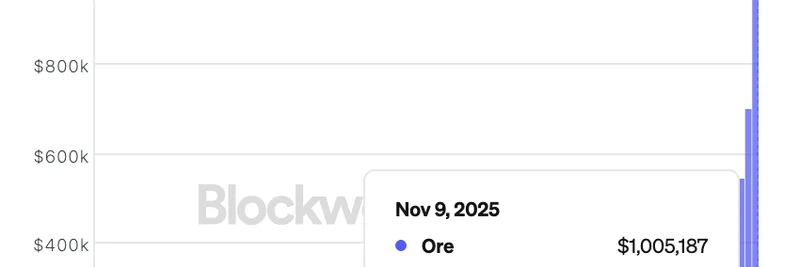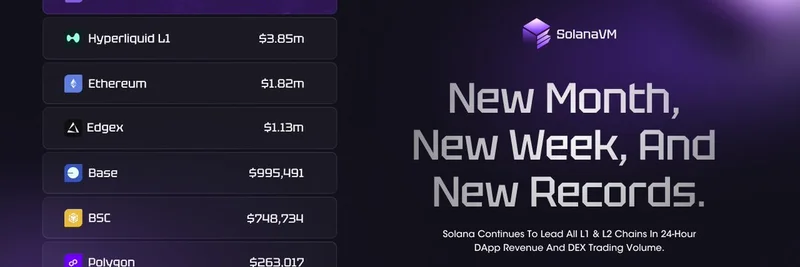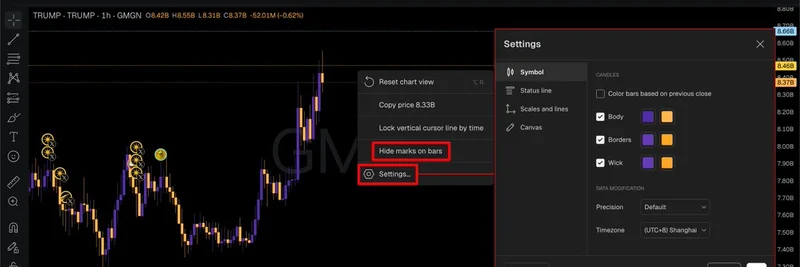After a intense period of activity on the Solana network—likely spurred by the latest meme coin frenzy—Anza's VP of Core Engineering, Brennan Watt, shared a detailed thread on X breaking down how the blockchain held up. If you're into meme tokens or just curious about blockchain tech, this peek under the hood shows why Solana remains a powerhouse for high-throughput applications.
Starting with the big picture: Solana ingested around 100,000 transactions per second (TPS) at its peak. TPS measures how many transactions a network can process every second, and hitting six figures is no small feat in the crypto world. It's a testament to Solana's design, which prioritizes speed and low costs, making it a favorite for meme coin launches and decentralized apps.
Brennan highlighted the signature verification process, noting more duplicate packets than unique ones—a common sight during spam-heavy events. Signature verification is like the network's bouncer, checking each transaction's authenticity before letting it through. Even under this duress, the system kept chugging along without major hiccups.
Next up, the scheduler got overwhelmed with packets, leading to some performance dips. The scheduler manages how transactions are queued and executed. Brennan teased that the upcoming TxView default in version 3.0 will be a game-changer here, likely improving how transactions are viewed and processed for better efficiency.
He also poked fun at the block sizes, asking "what are these blocks for ants?" while calling for 100 million compute units (CUs) soon. CUs are Solana's way of measuring computational resources per transaction—think of them as fuel for smart contract executions. Bigger blocks with more CUs mean more transactions per block, reducing congestion.
Bundles, which are groups of transactions processed together for efficiency, felt the CU squeeze too. This ties back to the network's capacity limits during peak times.
Overall, Brennan noted that the client performed well but emphasized there's room for growth. He listed key upcoming features: TxView Scheduler for better transaction handling, XDP retransmit to reduce packet loss, 100M CU blocks for expanded capacity, and lower latency price feeds to make oracle data faster and more reliable.
This thread (view it here) comes at a perfect time for meme token enthusiasts and blockchain devs alike. Solana's ability to handle such loads without crashing reinforces its edge in the competitive layer-1 space. If you're building or trading on Solana, keeping an eye on these upgrades could give you a leg up. Stay tuned to Meme Insider for more breakdowns on how meme-driven activity is pushing blockchain tech forward.




